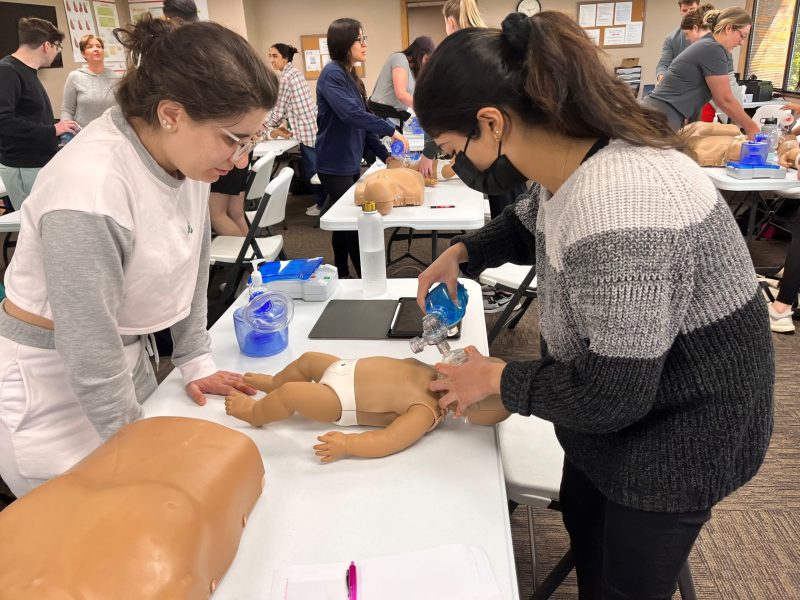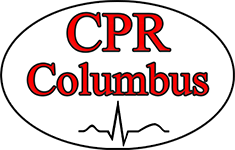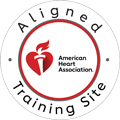Cardiopulmonary resuscitation (CPR) is a life-saving technique used during emergencies like cardiac arrest. One critical aspect of CPR is providing effective breaths to the victim to ensure oxygen reaches vital organs, such as the brain and heart. However, many wonder: what is the correct breathing rate for CPR? Understanding and applying the correct rate can significantly increase the victim’s chances of survival. Let’s explore the details of proper CPR technique, with a special focus on breathing rate, and why it’s important for anyone, especially those interested in CPR certification to master this skill.

Understanding CPR Basics
What is CPR?
CPR is a medical procedure performed to manually restore the blood circulation and breathing of a person who has gone into cardiac arrest. This technique involves two primary components: chest compressions and rescue breaths.
- Chest Compressions: Pumping the chest to manually stimulate the heart.
- Rescue Breaths: Providing breaths to supply oxygen to the lungs.
Both elements are essential in CPR, but rescue breathing is where the correct breathing rate becomes crucial.
Why Breathing Rate Matters
When performing CPR, particularly on a non-breathing individual, providing the right number of breaths is essential. If you breathe too quickly or slowly, it can hinder oxygen delivery to the victim’s organs, causing further complications. Rescue breaths need to be given at a specific rate, combined with proper technique, to maximize the chances of survival.
The Correct Breathing Rate in CPR
Breathing Rate for Adults
For adults, the American Heart Association (AHA) recommends that during CPR with breaths, rescue breaths should be delivered at a rate of:
- One breath every 6 seconds (or 10 breaths per minute) during continuous chest compressions.
Each breath should be given over 1 second, making sure the chest rises visibly. This ensures that enough air is entering the lungs, but not too much, which could lead to complications like gastric inflation (forcing air into the stomach instead of the lungs).
Call Us Now
Get the Best CPR Class in Columbus Today!
Breathing Rate for Children and Infants
The breathing rate differs slightly when performing CPR on children and infants due to their smaller lung capacity. The AHA suggests:
- One breath every 2 to 3 seconds (or 20 to 30 breaths per minute).
Again, the focus is on giving each breath over 1 second and watching for the chest to rise, confirming that the breath is effectively reaching the lungs.
Benefits of Correct CPR Breathing
Oxygen Delivery
The primary goal of rescue breathing during CPR is to deliver oxygen to the bloodstream. Correct breathing rates ensure that oxygen is efficiently transferred into the lungs, enters the blood, and reaches vital organs like the brain. Without enough oxygen, brain damage can occur in as little as four minutes.
Prevention of Over-Ventilation
Delivering too many breaths or breathing too quickly can lead to over-ventilation. This can cause air to enter the stomach instead of the lungs, leading to:
- Vomiting, which could obstruct the airway.
- Gastric distention, which makes it harder to perform chest compressions effectively.
By maintaining the recommended breathing rate, you avoid these potentially dangerous complications.
Applying CPR in Real Life Situations
Imagine you’re walking in a park, and someone suddenly collapses. You check their pulse and breathing, and they’re unresponsive. Time is of the essence, and your knowledge of the correct breathing rate for CPR can make all the difference between life and death.
- Stay Calm and Focused: The first step is to remain composed. Panic can lead to mistakes, especially when calculating the correct breathing rate.
- Call for Help: Ensure someone has called 911 before you begin CPR.
- Begin Chest Compressions: If you’re alone and haven’t been trained, hands-only CPR is a great alternative. But if you have CPR certification from CPR Columbus, you know the importance of rescue breaths.
- Deliver Correct Rescue Breaths: After 30 compressions, provide 2 rescue breaths at the appropriate rate—making sure to watch the chest rise.
This scenario demonstrates how essential knowing the correct breathing rate is, as it helps ensure that you provide high-quality CPR, significantly increasing the victim’s chances of survival.
The Importance of CPR Certification
If you’re unsure of the correct techniques for CPR, the best way to prepare for an emergency is through proper training and certification. At CPR Columbus, we offer American Heart Association courses that teach you not only how to perform chest compressions and rescue breaths but also when to adjust techniques based on the situation or the age of the victim.
Why Choose CPR Columbus?
- Hands-On Training: Our classes are designed to provide real-world practice, so you feel confident during emergencies.
- Stress-Free Environment: We believe learning life-saving techniques should be empowering, not stressful.
- Comprehensive Courses: Whether you need basic CPR or advanced training like ACLS (Advanced Cardiovascular Life Support) or PALS (Pediatric Advanced Life Support), we have options to fit your needs.
Final Thoughts: The Key to Effective CPR
Understanding the correct breathing rate for CPR is just one aspect of effective resuscitation. Mastering this skill can help ensure that your actions are as beneficial as possible when someone’s life is on the line. And while anyone can perform CPR, getting trained and certified ensures that you can provide high-quality care that follows the latest AHA guidelines.
If you’re in Columbus and want to feel prepared for an emergency, it’s time to get trained. Sign up for CPR certification Columbus at CPR Columbus today and gain the skills you need to save a life. Whether you’re a healthcare professional in need of recertification or a first-time learner, CPR Columbus offers the best CPR classes in the area. Don’t wait—act now, and be ready when seconds count!


